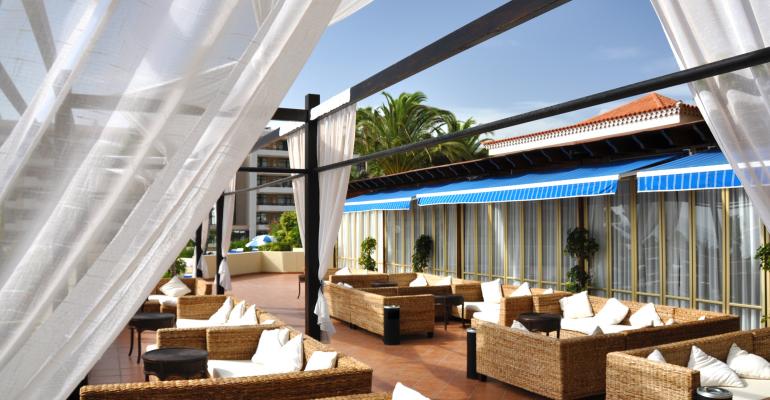Apartment living is focusing more and more on the world outside the apartment, and developers are providing amenities that help residents connect with their neighbors, their neighborhoods and with services and amenities they need.
The lobbies say it all. Some designers now style their apartment lobbies like the entrance to a resort hotel, with places to sit down, pick up deliveries, greet guests, mingle with neighbors and even have a drink on event nights. Effectively, developers are putting a clubhouse for the apartment community next to the front door instead of secluding the clubhouse far from the entrance to the community.
“It’s just wide open,” says Mark Humphreys, CEO of Humphreys & Partners Architects. He is designing lobbies that greet visitors with a view of the property’s swimming pool or other attractive common area. “It’s a very resort-style feeling,” he says.
Concierge conveniences
Developers are also helping their residents connect with services and amenities outside the community. “Newly constructed apartment properties in urban environments such as Jersey City emphasize more convenience amenities and concierge service—items like show tickets, laundry pick-up, etc.,” says J.B. Bruno, associate with real estate services firm JLL. Once again, these concierge services are increasingly located near the front entrance.
Urban apartments dwellers can also use a little help to manage deliveries, whether they involve Ramen noodles or a delivery from Amazon. Many property managers offer a “package concierge” service, as part of the lobby layout, and even refrigerate deliveries like ice cream from Fresh Direct that need to be kept cold. “Package concierge service has also become highly sought after, due to the rise of e-commerce,” says Bruno.
However, storing all those packages in an attractive way should be part of the lobby’s plan from the beginning. “It’s very hard to fix it if you don’t have it now,” says Humphreys.
Uber is also important to apartment dwellers. “Some owners have also contracted with Uber and Smart Cars to provide convenient transportation options,” says Bruno. That’s true even for residents who have a car of their own, if they live in a place where parking is painful and expensive. Car sharing services like Uber are filling in the transportation gap in places like Los Angeles and Chicago where mass transit can take residents everywhere they need to go.
Architects now design “Uber drop-off lanes” at properties to accommodate the traffic, close to the communities’ front entrance. “We believe in Uber-oriented development,” says Humphreys.
Property managers are scheduling events that can help residents connect with each other. An apartment property might offer beer and wine to residents every Thursday, like many hotels do, for an hour or simply until the drinks run out. Residents that attend are much more likely to create friendships with their neighbors. And people who have friends in their apartment community are 25 percent more likely to renew their lease, says Humphreys.
“It is a miniscule cost to spend on beer and wine to get that benefit,” he says.
Suburban properties keep up
If apartments are located in areas that are served by a mass-transit system like a light rail, but the property isn’t close enough to a station for residents to walk to, the property owners may have to make up the difference.
Connection also matters for suburban apartment buildings, even if most residents depend on their cars for getting around. Many suburban property owners now provide shuttle bus service to rail and bus stations in an effort to minimize the commuting challenges faced by renters. “Shuttle service is paramount,” says Bruno.
Suburban properties are also conscious that if they aren’t within walking distance to shops and restaurants and can’t provide the bustle of urban living, the properties at least need to provide the extra space that urban apartments are less likely to give. “Larger units with extra rooms and tenant storage are key,” says Bruno.

